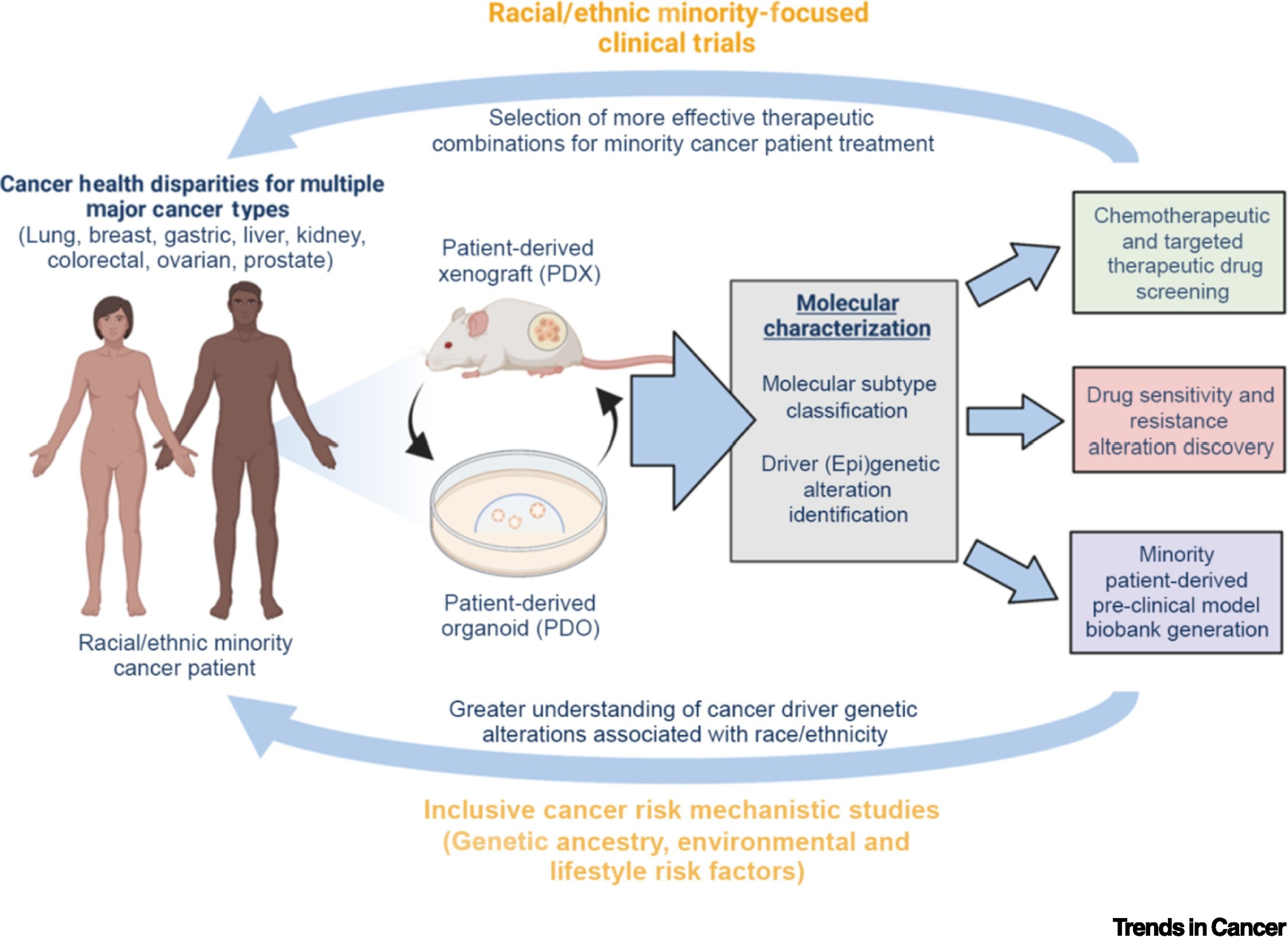Current biology : CB, Volume 32, 10 January 2022
The Lancet Digital Health, Volume 4, January 2022
LWT, Volume 154, 15 January 2022
Proteins serve as an imperative macronutrient in human nutrition and well-being. Their nutritional quality substantially varies with their digestibility, amino acid profile, bioavailability, processing and purity. From a nutritional viewpoint, the ideal integration of proteins from diverse plant sources can supply an adequate amount of essential amino acids to fulfil human health needs. The use of plant-derived proteins has recently gained momentum due to their multifaceted edible and nonedible applications and their biodegradable nature.
LWT, Volume 154, 15 January 2022
Fruits and vegetables are responsible for about 22% of food losses and wastes along the supply chain (not including the retail level). However, fruit and vegetable by-products (FVB) may be transformed into fibre-rich flours and bioactive compounds, mainly bound to the fibre, thus bringing value to the food industry due to health benefits and technological functionality. Therefore, these by-products have great potential to be applied in several food industries.
Transportation Research Part D: Transport and Environment, Volume 102, January 2022
Development Engineering, Volume 7, January 2022
Sustainable Cities and Society, Volume 76, January 2022
The Lancet Planetary Health, Volume 6, January 2022

